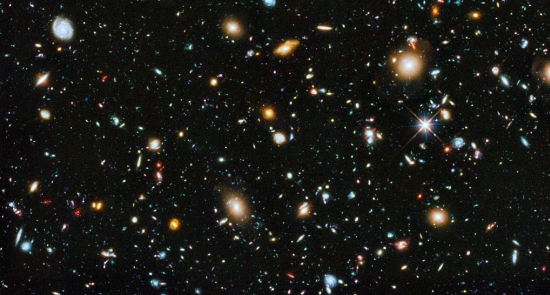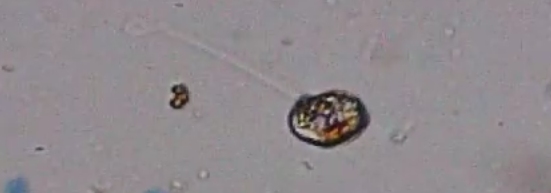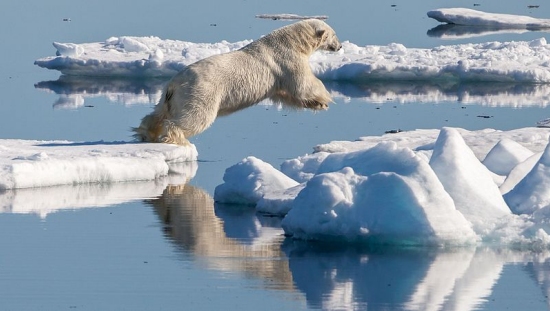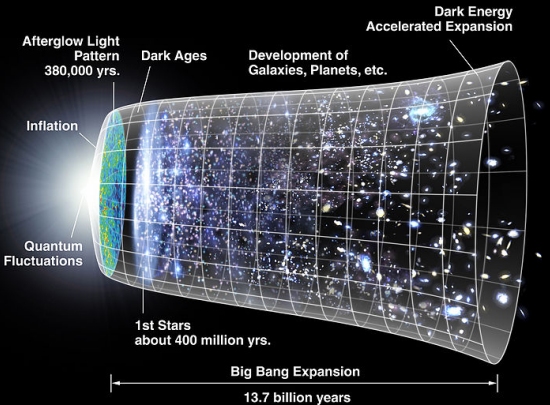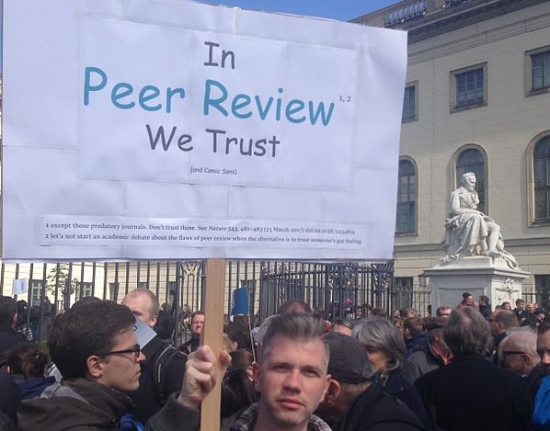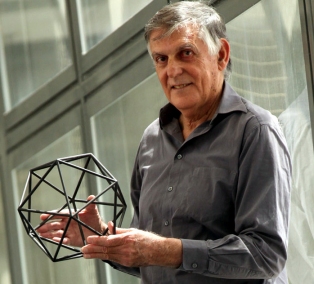
As I was scrolling through Facebook, finding my historical twin and learning what my friends are eating, I noticed a post on my wall. It was from someone I know only through Facebook, but I read her work from time to time, because she is a really good writer. Her post contained the picture above and linked to an article entitled, “WiFi Experiment Done By A Group Of 9th Grade Students Got Serious International Attention. THIS Is Why…” She asked if I knew whether or not the results were legitimate.
The experiment went like this: Students took 12 trays of cress seeds and put 6 of them in one room and 6 in another room. The six trays in one room were next to two WiFi routers, while the 6 trays in the other room were nowhere near a router. They tried to keep everything else (temperature, amount of water given, etc.) the same for all 12 trays. The article says:
After 12 days what the result spoke was clear: cress seeds next to the router did not grow, and some of them were even mutated or dead.
Obviously, then, WiFi routers produce something that kills (and apparently mutates) cress seeds.
I told my Facebook friend that the post reminded me of something that was popular a few years ago. It was an experiment where a person watered a plant with regular water and watered another plant with water that had been in a microwave oven. After several days, the one watered with microwaved water died, while the other one flourished. Obviously, then, microwave ovens are bad for you. Of course, the heart of science is being able to replicate experiments, and many people found that they couldn’t replicate the reported results. Indeed, the Mythbusters did an episode showing that microwaved water didn’t harm plants in any noticeable way.
Continue reading “Please Stop Believing Facebook, Especially When It Comes to Science!”


